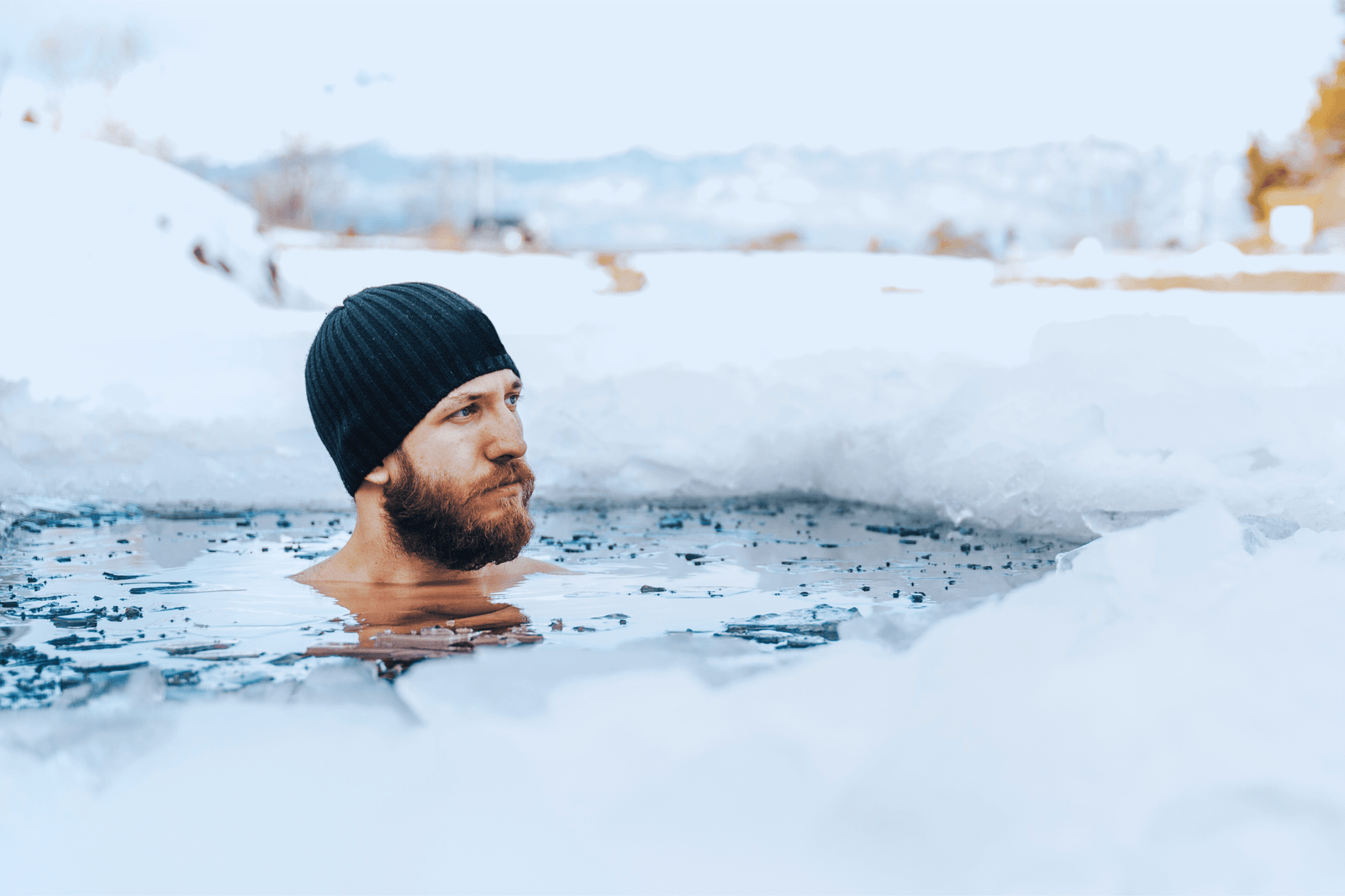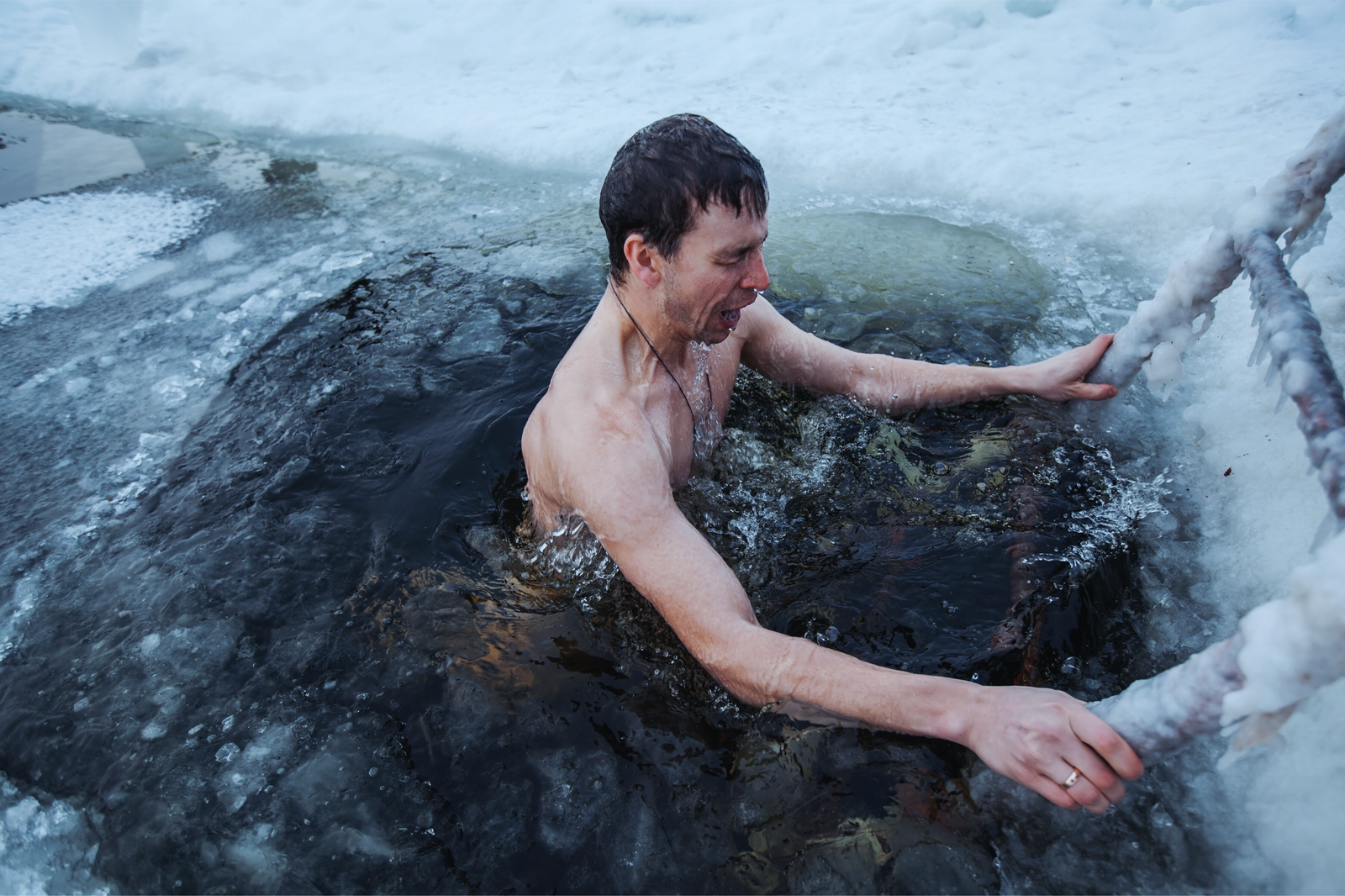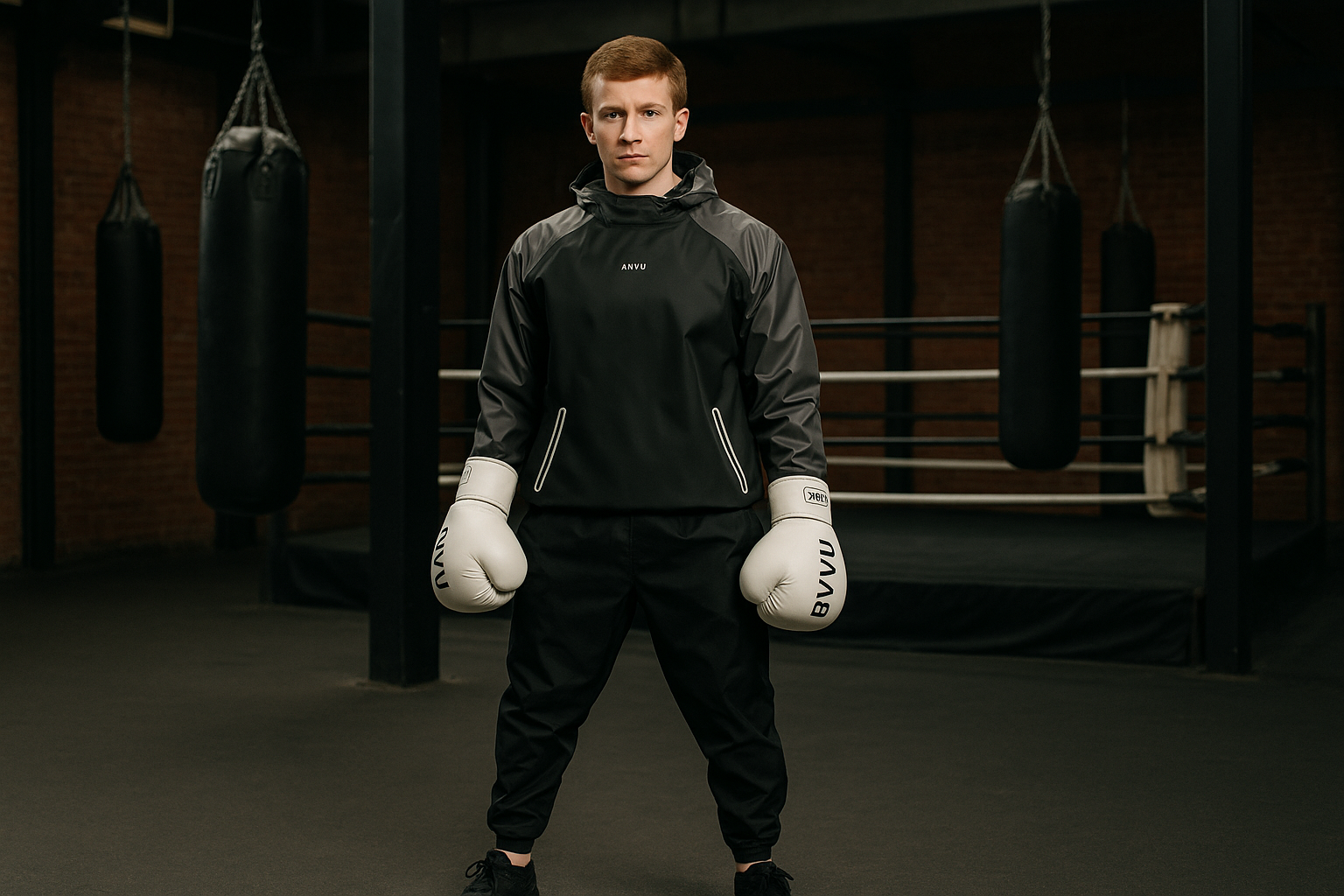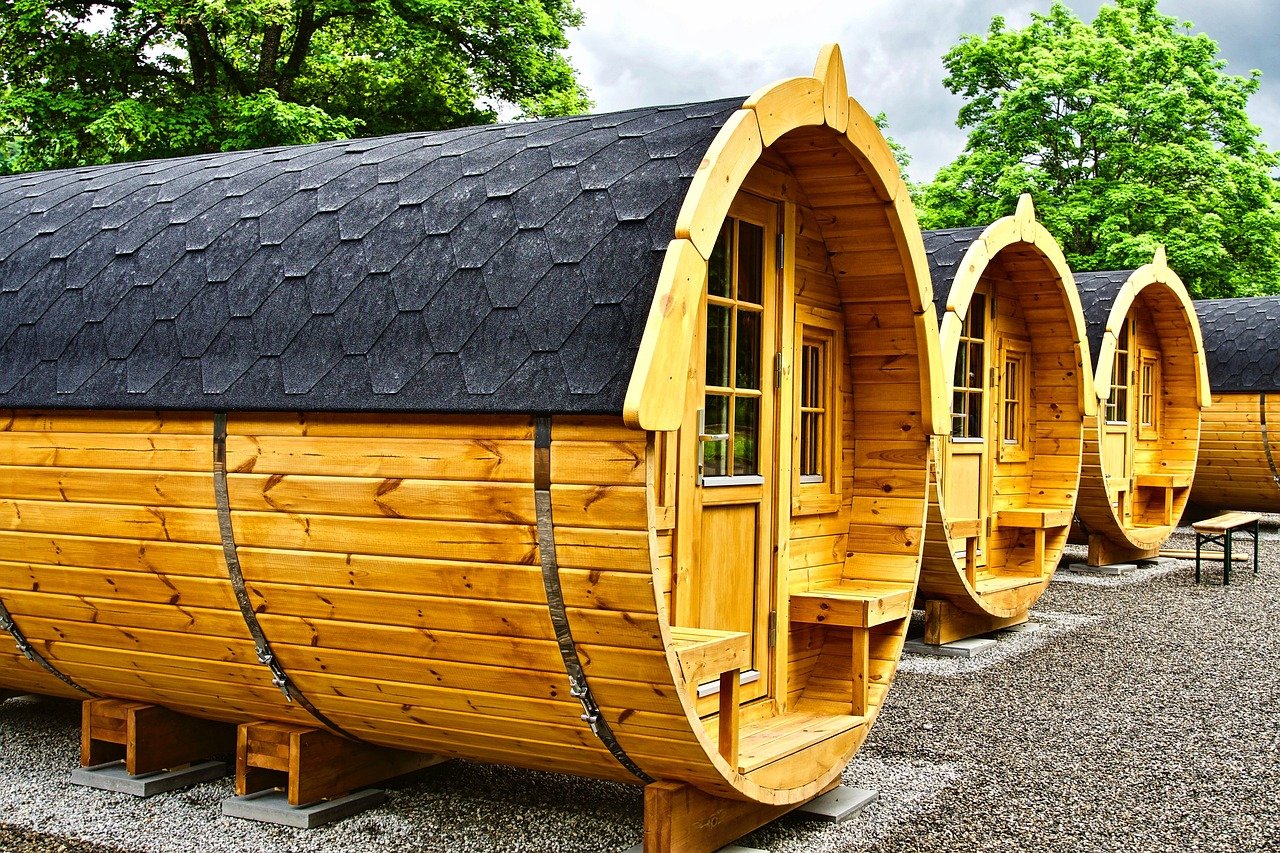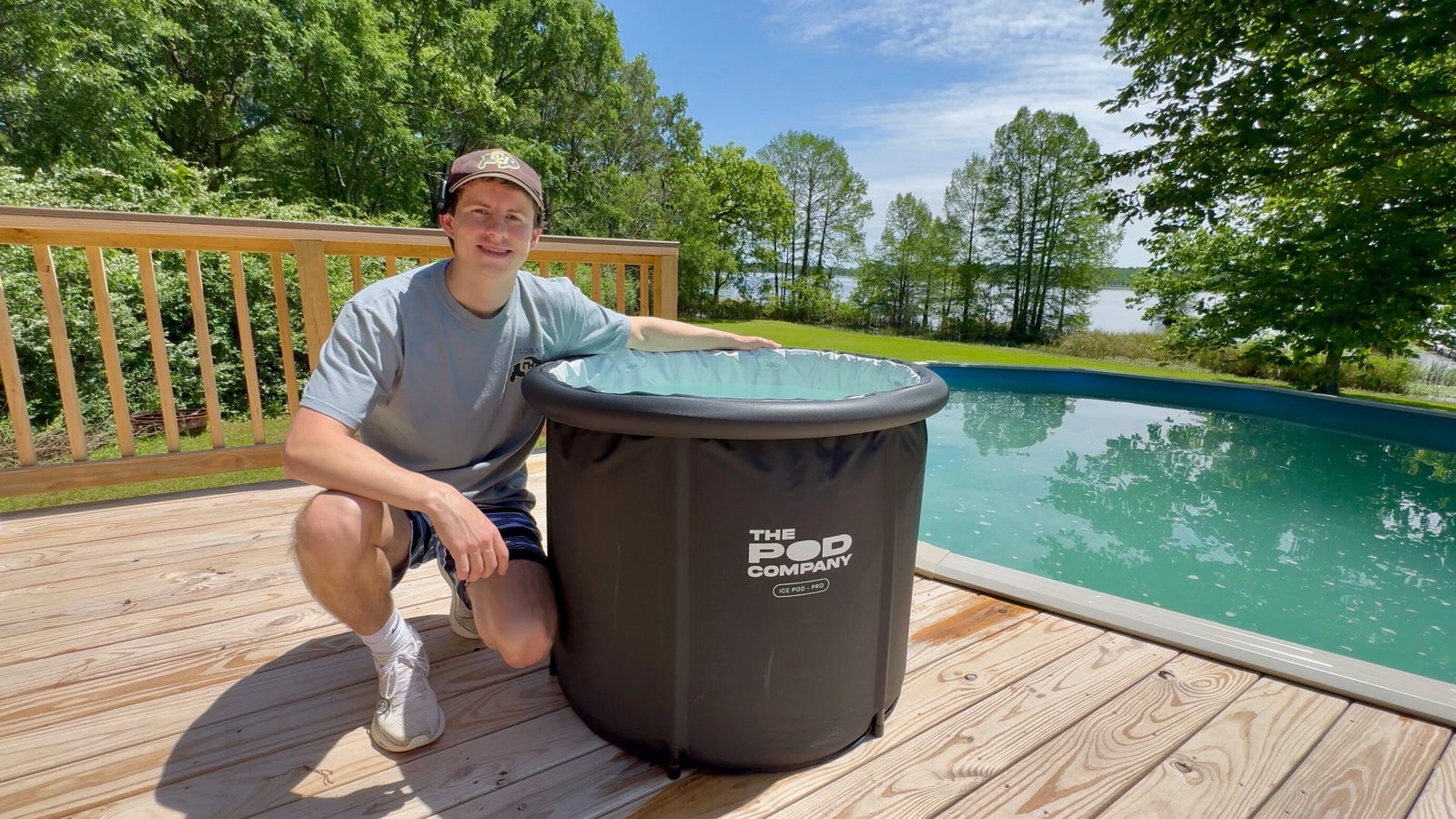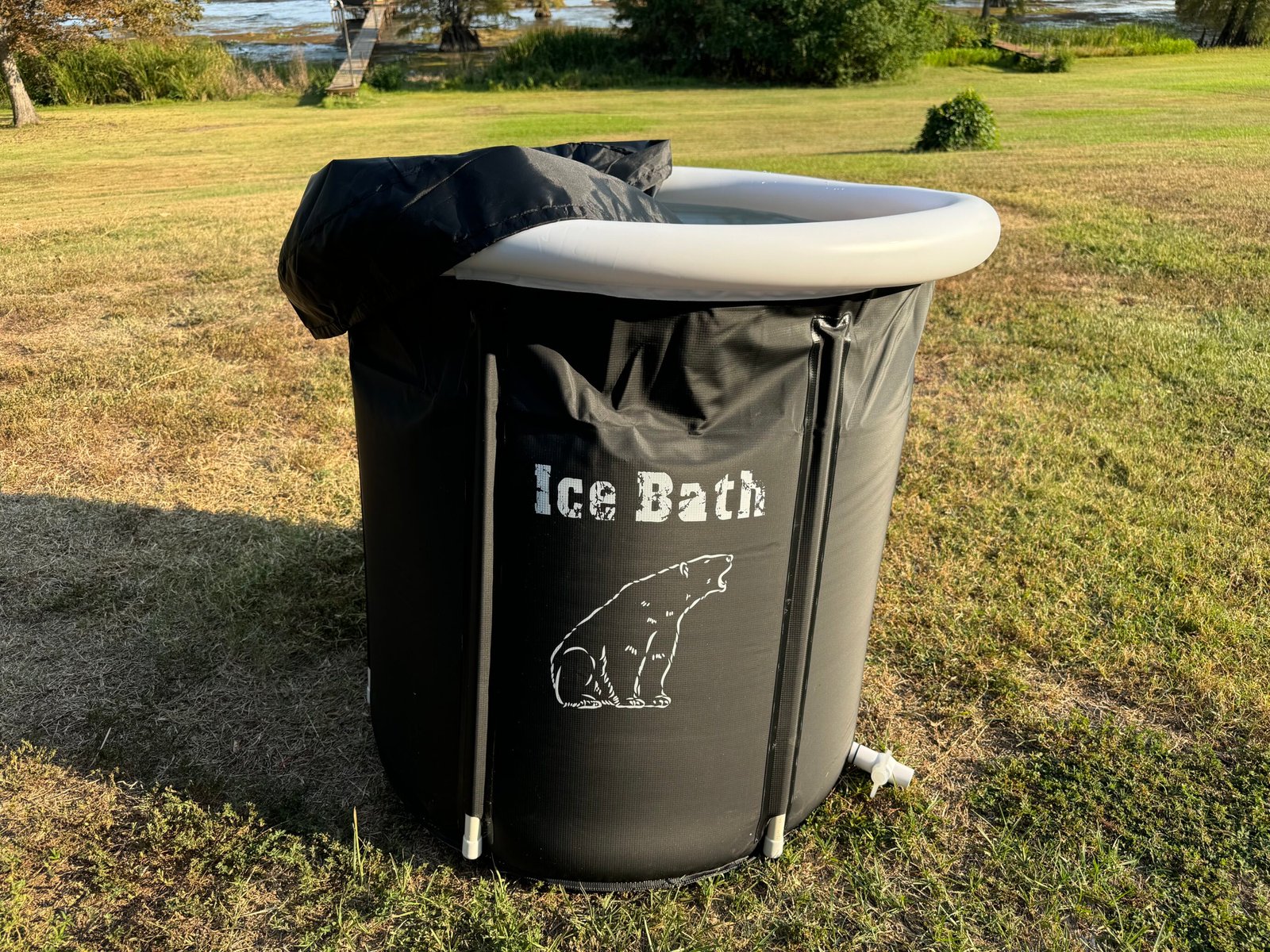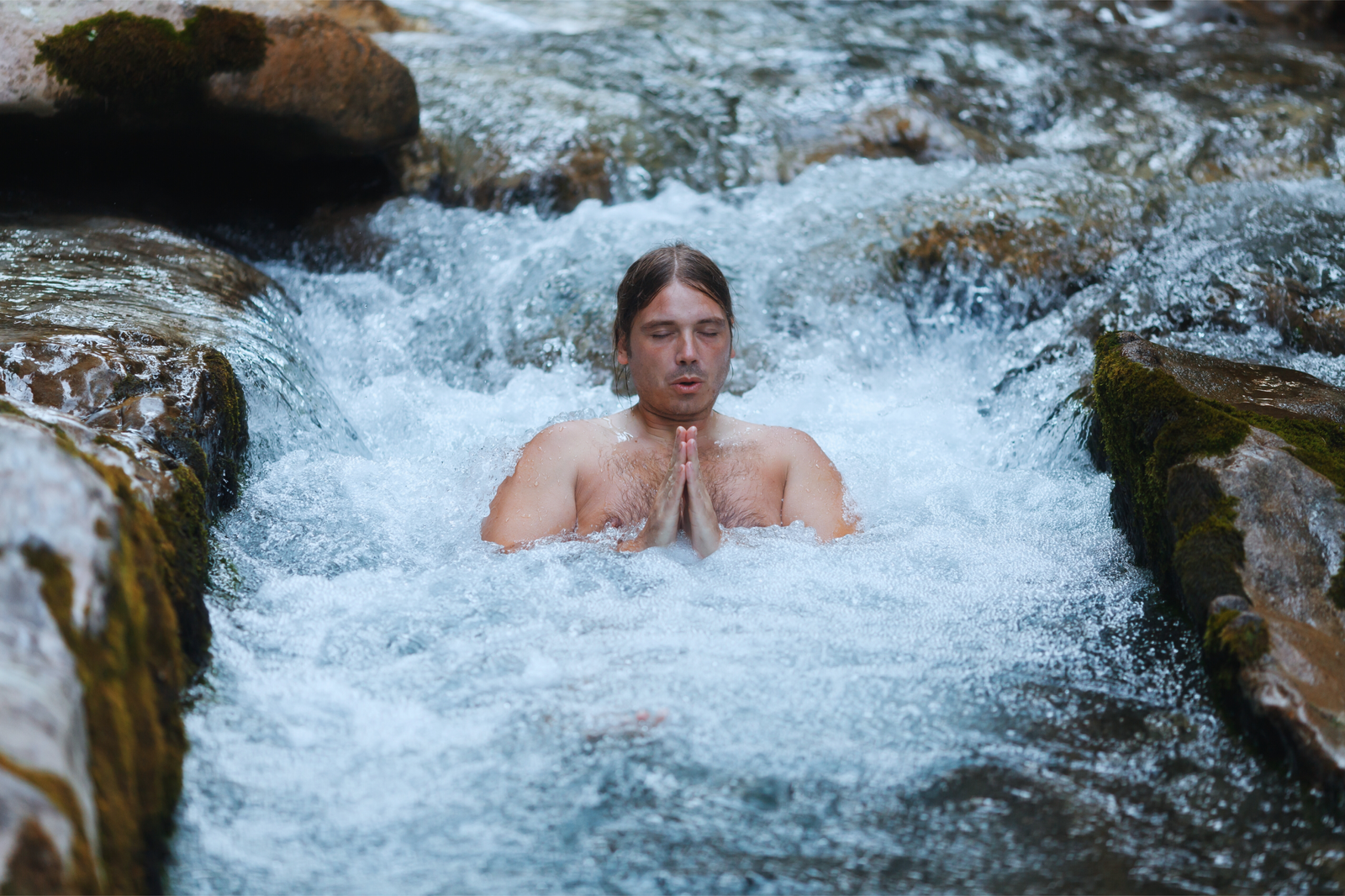4 Reasons To Cold Plunge In The Winter
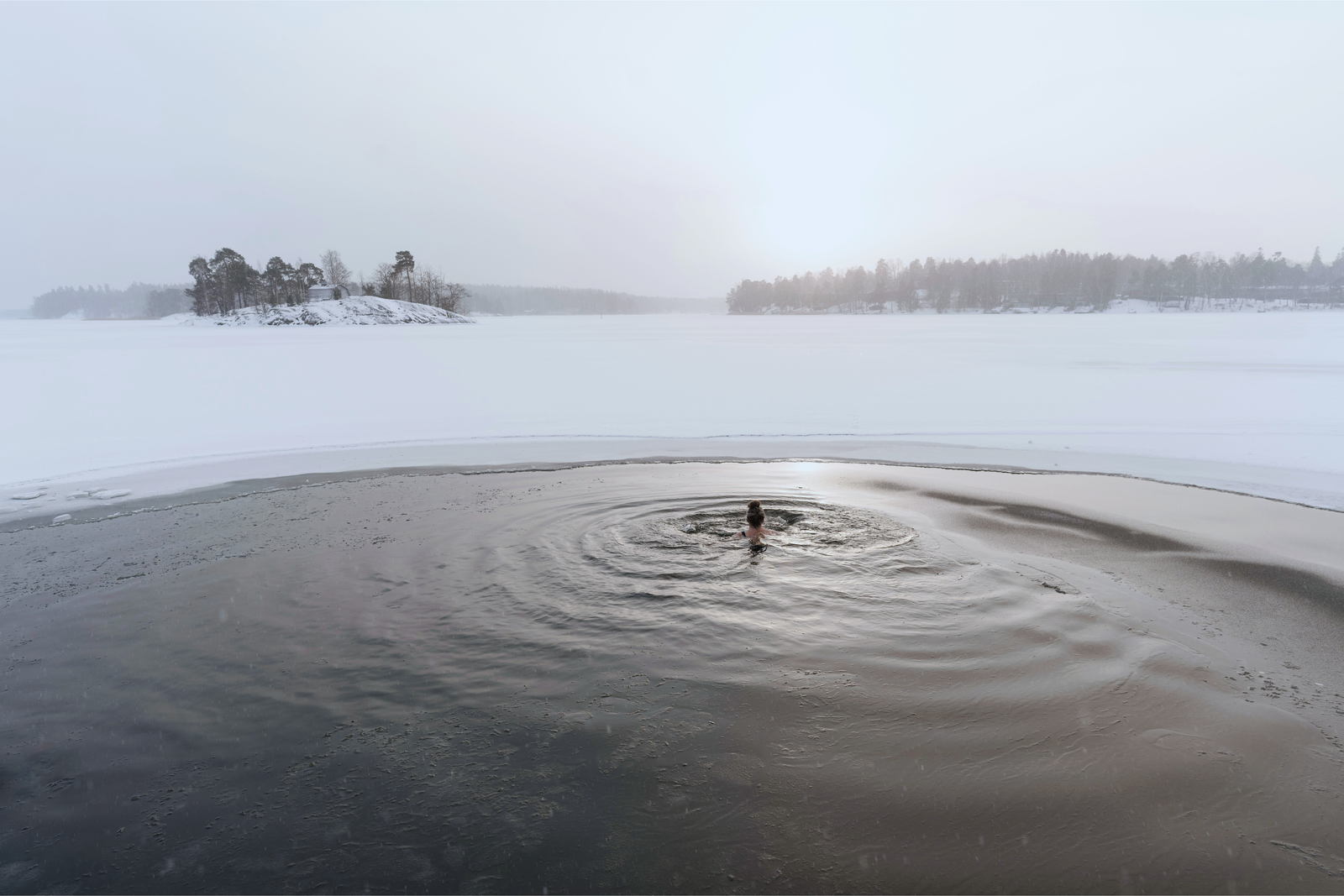
Key Takeaways
- Winter cold plunging boosts your body’s defenses during flu season by increasing white blood cell production and decreasing inflammation.
- Cold plunges can alleviate symptoms of seasonal depression by elevating norepinephrine levels.
- Cold water improves blood flow, restores moisture, and reduces puffiness, irritation, and wrinkles.
- Daily cold plunges might be beneficial for individuals seeking skin firmness and minimizing pores.
Have you considered winter cold plunging? This ancient practice is backed by modern science and offers benefits previously unknown.
From strengthening your immune system during flu season to tightening skin and reducing seasonal depression, cold plunging has become a popular winter activity worldwide.
This practice, rooted in traditions like Scandinavian ice-hole swimming and Boston’s New Year’s Day plunges, involves immersing yourself in icy water (around 50-60°F (10-15°C)).
Emerging studies highlight its ability to boost white blood cell production, enhance skin health, and elevate mood.
Benefits of Winter Cold Plunging
1. Strengthens Immune System
Cold plunges are a powerful way to boost your immune system, especially during winter, when illnesses are more common.
They stimulate white blood cell production, which is crucial in fighting infections.
Additionally, cold exposure enhances the activity of natural killer cells, a key component of your immune defense against viruses. This increased immunostimulation helps counteract the heightened susceptibility to colds and respiratory infections that often occur in colder weather.
As a result, cold plunging can be an effective strategy to keep your body resilient throughout the winter season.
2. Improves Skin Health
Cold plunging can rejuvenate your skin and counteract the harsh effects of winter’s cold, dry air.
Cold exposure restores moisture to the skin by boosting blood flow. This alleviates dryness and itchiness while soothing conditions like eczema and psoriasis. It also reduces puffiness, redness, and irritation, promoting a clearer and healthier complexion.
Furthermore, cold water strengthens contractile fibers, improving skin firmness and minimizing the appearance of pores. As Dr. Carl Thornfeldt notes, this tightening effect can reduce wrinkles and leave your skin more youthful.
Overall, cold plunging is a refreshing way to improve skin health during winter.
3. Fights Seasonal Depression
Cold plunging offers a natural way to fight seasonal depression, affecting over 10 million Americans every winter.
Unlike addictive prescription medications, the shock of cold water immersion provides a healthier alternative by boosting norepinephrine levels, a neurotransmitter directly linked to mood regulation.
Research shows that low norepinephrine levels are associated with depression, and increasing them can help alleviate symptoms of the winter blues.
Moreover, the large amount of cold receptors in the skin sends electrical impulses to the brain during cold exposure, potentially creating an anti-depressive effect.
Ultimately, cold plunging is a healthy way to support your mental health during the colder months.
4. Increases Energy and Focus
A plunge into icy water delivers a shock that energizes your entire system.
The rush of norepinephrine elevates your heart rate, triggering your brain to wake up and focus.
Meanwhile, the sudden cooling forces your blood vessels to tighten, and once you’re out, they expand, flooding your body with oxygen-rich blood.
The combined effects will leave you feeling refreshed and alert, which can make a massive difference during the low-energy winter months.
Winter Cold Plunging Traditions
Across the globe, cold plunging is more than just a health trend—it’s a ritual that brings people together and celebrates resilience.
In Amsterdam, Netherlands, hundreds of people dive into the North Sea on New Year’s Day, marking a fresh start to the year. The tradition, known as the Nieuwjaarsduik, has become a symbol of renewal and community.

In Gdańsk, Poland, the Gdańskie Morsy Winter Swimming Club has upheld its New Year’s Day plunge tradition since 1974. It unites participants and symbolizes camaraderie and pride.
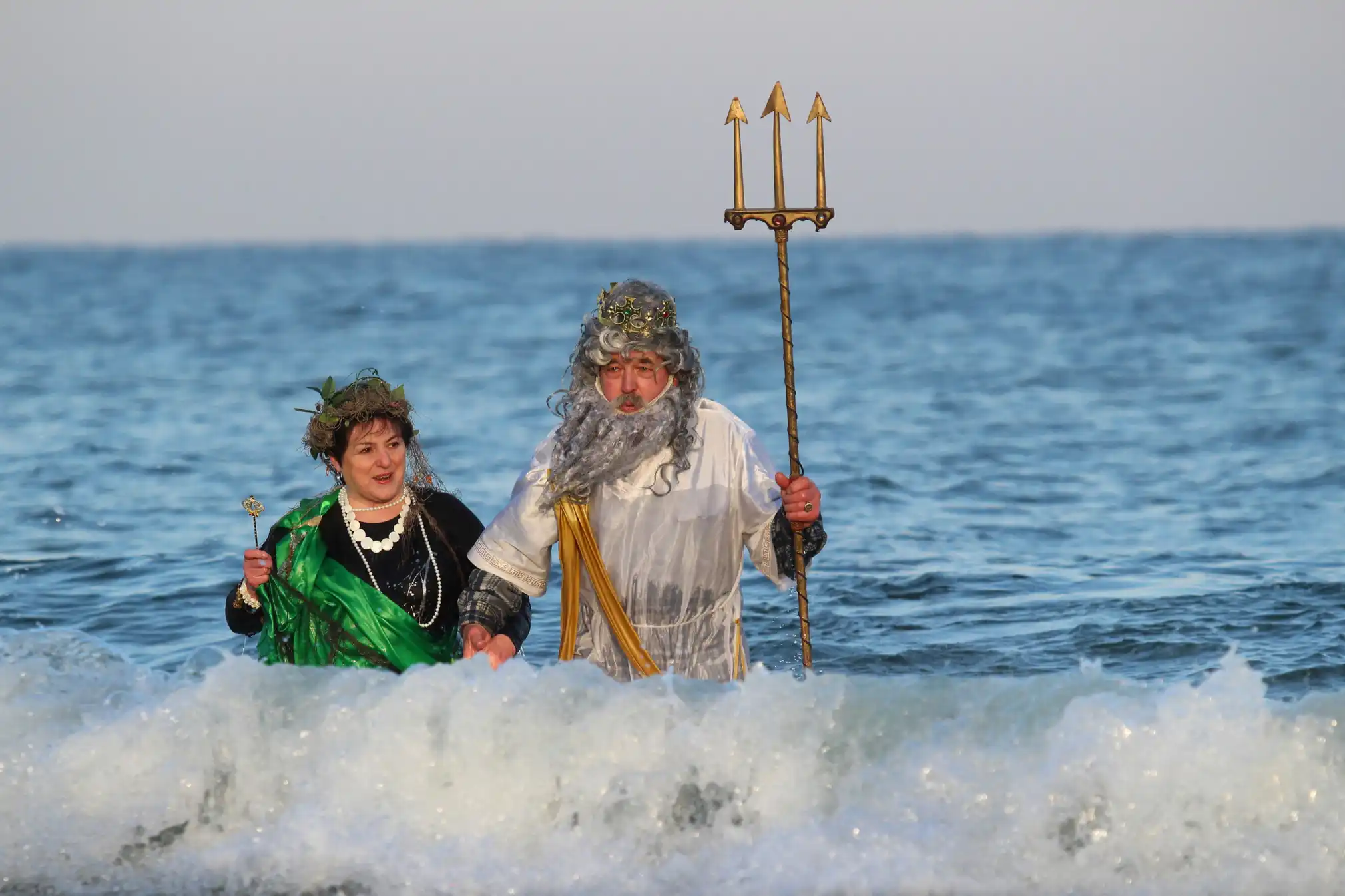
The L Street Brownies in Boston, Massachusetts, began their winter plunge tradition in 1904 when a local swim club jumped into Dorchester Bay to celebrate the New Year. Over time, it’s evolved into a lively event where participants wear quirky costumes and have dance parties before they jump into Boston Harbor.
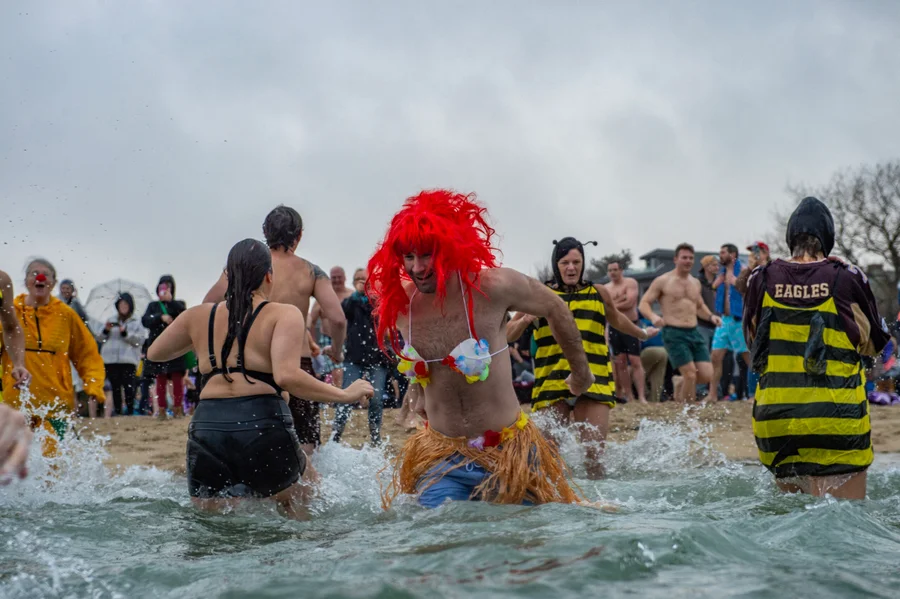
In Scandinavia, ice-hole swimming isn’t reserved for special occasions—it’s a deeply rooted cultural activity. Finns, Danes, and Swedes have embraced this tradition as a casual but meaningful part of life for centuries. Denmark alone boasts over 20,000 registered “icebreakers” across 90 winter swim clubs.
These traditions show how cold plunging isn’t always about you—it’s about coming together with friends and family. Doing something difficult together creates unbreakable bonds.
Militaries understand this when they design intense training camps to unite soldiers. Similarly, going with a group—friends, family, or a local club—shifts your mindset. You’ll go from dreading the cold to looking forward to the connection, the laughter, and the memories you’ll make.
Practical Tips
Stay Safe
Always bring a friend or tell someone before plunging, especially for open water swims. Listen to your body—start with short immersions in moderately cold water or cold showers. Gradually decrease temperatures and extend duration over time.
Preparation
Always bring a dry towel, warm clothes, and maybe a thermos of tea or coffee. You can also wear socks on your hands and feet to add an extra insulation layer.
*Avoid warm showers immediately after to maximize the benefits, but take one if you're not warming up fast enough.
Where to Plunge
A premium cold plunge tub with a chiller will give you the most control. They help maintain consistency and amplify long-term benefits.
If natural water like creeks, lakes, or the ocean is close by, they can be utilized. If not, cold showers are a great alternative.
Build the Habit
Consistency is key. Start with 1-2 sessions per week and work up to 11 minutes weekly, as research suggests this is the optimal duration for benefits.
Break it into whatever combination works for you, like two 5-minute and one 1-minute session, or five 2-minute sessions with one extra minute. The important part is sticking with it!
Winter Cold Plunging Gone Wrong
Cold water shock is a serious concern. I experienced it for the first time when I jumped into Boulder Creek in the middle of January during my freshman year of college. Instantly, my brain went into fight-or-flight mode, and my primitive instincts kicked into full gear.
It took about 5 seconds from the moment I jumped off the rock to the moment I had a towel around me. Because the shock is so intense, you’ll likely have that response if you jump into freezing cold water in January.
Start with moderately cold temperatures or cold showers before you decide you want to go all-out caveman mode.
Conclusion
Winter cold plunging is more than just a challenge; it’s a transformative practice backed by science and steeped in tradition. The benefits are undeniable, from boosting your immune system during flu season to improving skin health, lifting your mood, and sharpening your focus.
By embracing the cold with preparation, consistency, and community, you can turn the winter chill into an opportunity for growth, resilience, and connection.
So, why not take the plunge? Ease into it, stay safe, and experience how winter cold plunging can redefine your season.
Share your thoughts and experiences in the comments below!
Medical Disclaimer
The information contained in this post is for informational and educational purposes only. It is not intended to provide medical advice or to take the place of such advice or treatment from a personal physician. All readers/viewers of this content are advised to consult their doctors or qualified health professionals regarding specific health questions or before embarking on any new health or wellness routine, including saunas and cold plunging. Neither the author(s) nor the publisher of this content take responsibility for possible health consequences of any person or persons reading or following the information in this educational content. All viewers of this content, especially those taking prescription or over-the-counter medications, should consult their physicians before beginning any cold plunging routine or other health or wellness program.

